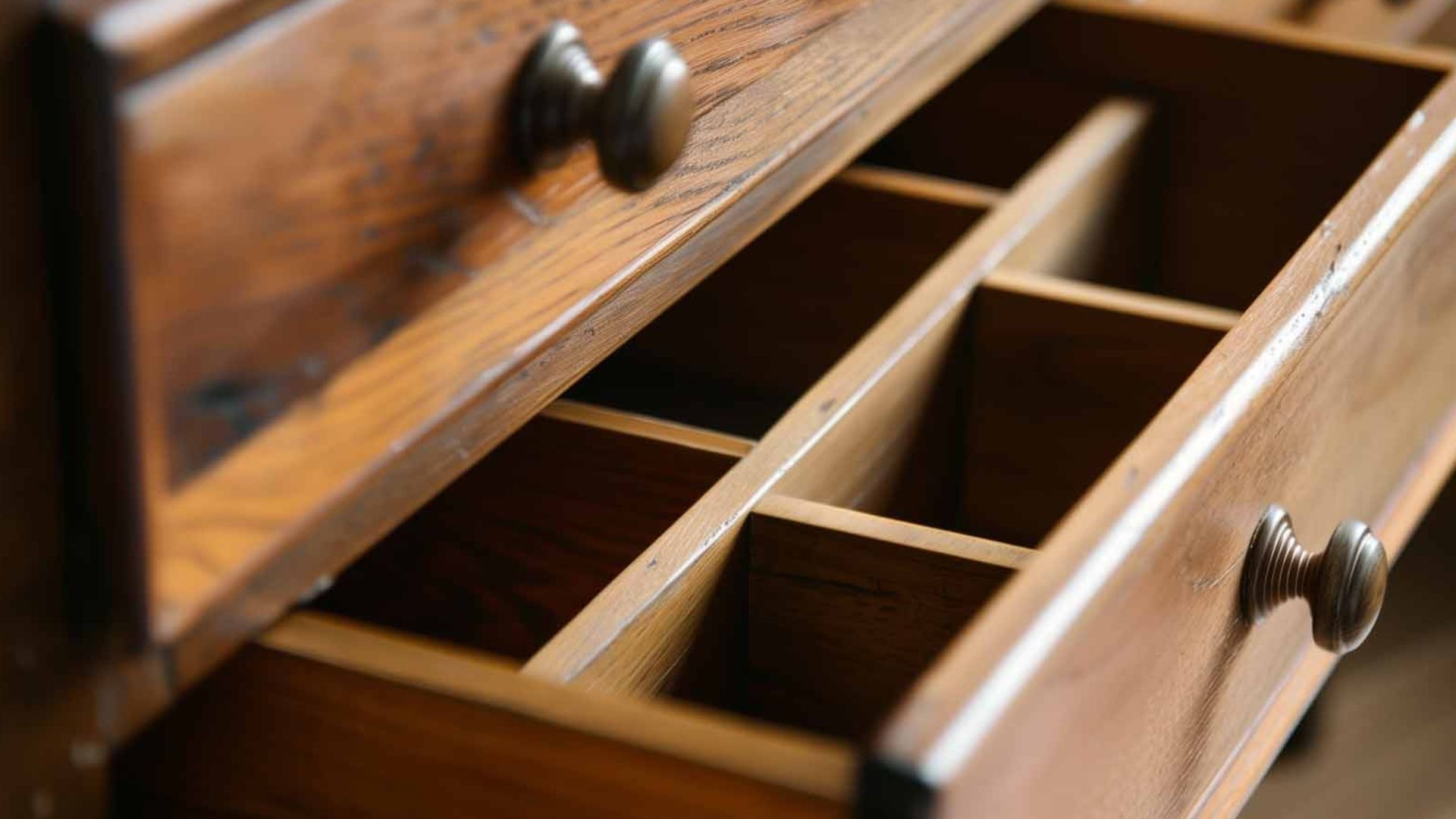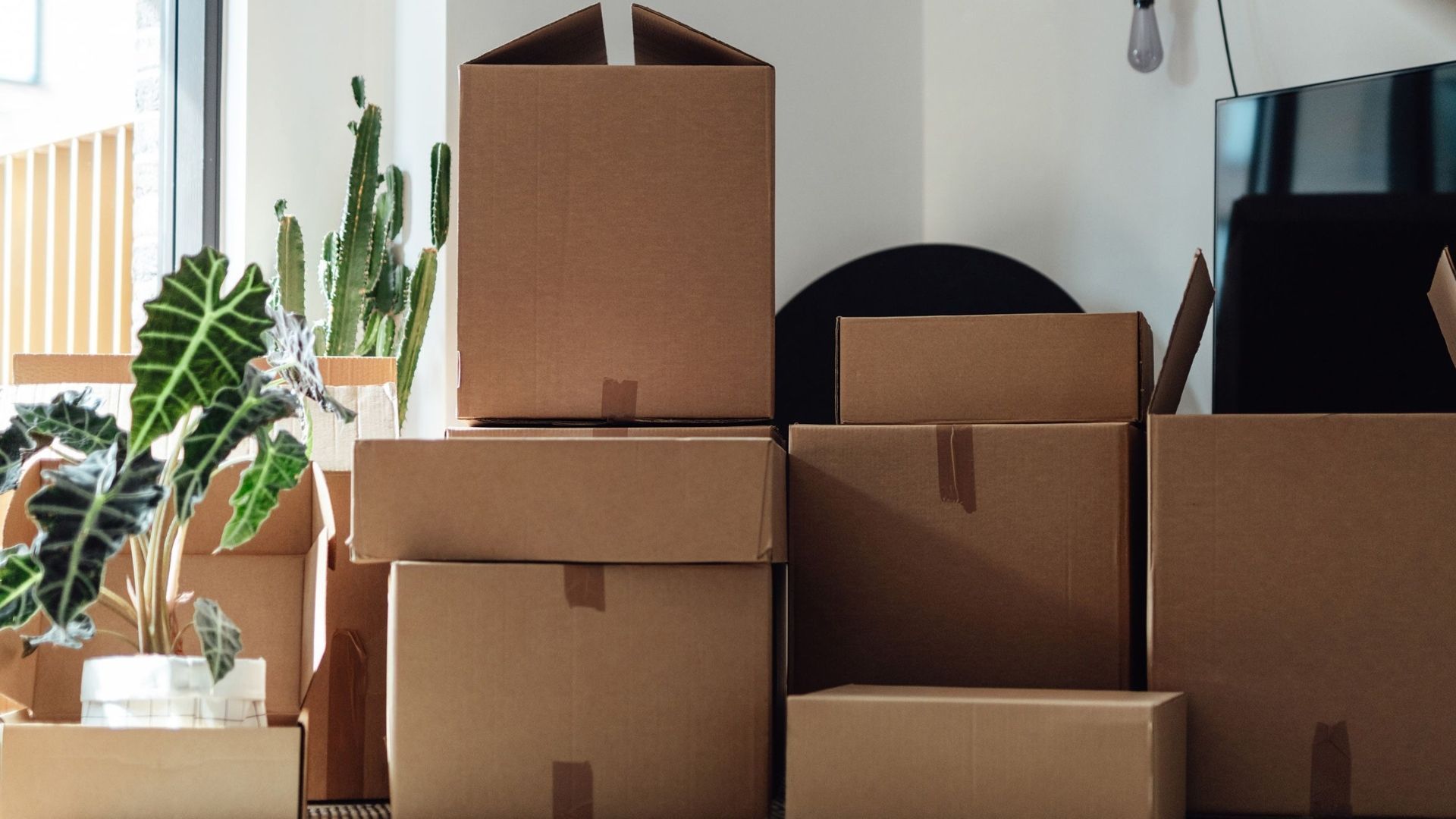How Long to Wait to Plug in the Freezer After Moving?
Wait at least 4 hours if your freezer stayed upright during the move. If it was moved on its side, wait the same amount of time it was sideways - up to 24 hours maximum.
Moving day is stressful enough without worrying about your freezer. But getting this timing right can save you hundreds of dollars in repairs and keep your frozen foods safe. Let's break down everything you need to know about safely plugging in your freezer after a move.
Why You Need to Wait Before Plugging In
Your freezer has special oil inside its compressor that keeps everything running smoothly. Think of it like the oil in your car's engine - it needs to be in the right place to work properly.
What Happens During Moving
When your freezer gets moved, especially if it tips or lays on its side, this oil can leak into places where it shouldn't be. If you plug it in too soon, the oil might not be in the right place, and there's a risk it could leak into the refrigerant lines and cause blockages.
The cooling system in your freezer is designed to handle gas, not liquid oil. If liquid oil enters the compressor when it should be pumping gas, it can cause serious damage because liquids don't compress like gases do.
How Long to Wait Based on Moving Position
The waiting time depends on how your freezer was moved. Here's what you need to know:
If Your Freezer Stayed Upright
If the freezer was transported in an upright position there is no waiting time required. However, most experts recommend waiting at least 4 hours to be safe. This gives any oil that might have shifted a chance to settle back where it belongs.
If Your Freezer Was on Its Side
This is where you need to be extra careful. If it has been transported on its side, set it upright in its final location and allow the freezer to sit for the same amount of time that it was on its side (24 hours maximum).
Here's a simple rule:
- Freezer on its side for 1 hour = Wait 1 hour upright
- Freezer on its side for 4 hours = Wait 4 hours upright
- Freezer on its side for 8+ hours = Wait 24 hours maximum
If Your Freezer Was Completely Flat
After a refrigerator has been moved on its side, it must sit upright for the same amount of time it was on its side so that any oil that may have flowed into the coolant lines will have enough time to return to the compressor. For freezers that were completely flat, always wait the full 24 hours.
What Happens If You Don't Wait Long Enough
Plugging in your freezer too early can cause expensive problems:
Compressor Damage
When the compressor is tilted out of its normal position, the oil in it will naturally follow a path it normally wouldn't, blocking the refrigerant flow. If you turn on the freezer before this oil drains back, your compressor might not work at all.
Complete System Failure
The oil went into the coils, and because of the design, the oil was trapped enough so when the unit was plugged in it destroyed the compressor. A new compressor can cost $300-500, and sometimes it's cheaper to buy a new freezer.
No Cooling Power
Even if your freezer turns on, it might not get cold enough to keep food frozen. Your compressor will not operate until that oil drains and the freezer is allowed to return to its normal status.
Step-by-Step Moving Process
Follow these steps to move your freezer safely:
Before the Move
- Empty your freezer completely - Don't try to move a full freezer
- Unplug it 24 hours ahead - This lets it defrost naturally
- Clean out any ice - Melting ice can damage your floors and the freezer
- Remove shelves and drawers - Pack them separately so they don't break
During the Move
- Keep it upright when possible - This is always the safest way
- If you must tip it, try to keep it at no more than 45 degrees
- Secure the door - Use tape or rope to keep it closed
- Pad it well - Protect it from bumps and scratches
After the Move
- Position it in its final spot - Don't move it again after this
- Make sure it's level - Use a level tool to check
- Wait the right amount of time - Follow our timing guide above
- Check for damage - Look for dents, loose parts, or leaks
Signs Your Freezer Might Be Damaged
After waiting and plugging in your freezer, watch for these warning signs:
Strange Noises
Your freezer should hum quietly. When the compressor is failing, the noise it makes becomes much more noticeable, perhaps even reaching a level where you can hear it from different rooms. Loud buzzing, clicking, or knocking sounds mean trouble, according to Consumer Reports appliance experts.
Not Getting Cold Enough
If your freezer isn't reaching 0°F (-18°C) after 24 hours of running, something's wrong. This could mean the compressor oil is still in the wrong place. The FDA recommends maintaining freezer temperatures at 0°F to ensure food safety and prevent bacterial growth.
Compressor Getting Too Hot
It is not uncommon for compressors to reach 300 degrees Fahrenheit; however, if it gets hotter than that, the refrigerant starts to break down and damage the compressor. The back of your freezer should be warm but not burning hot.
Frequent On-Off Cycling
Constant cycling on and off may indicate problems with the compressor start relay. Your freezer should run steadily, not turn on and off every few minutes.
Pro Tips for a Successful Move
Hire Professional Movers
Moving a freezer yourself is risky business. Professional local movers have the right equipment and experience to move appliances safely. They know how to keep freezers upright and protect them during transport.
Use Proper Moving Equipment
If you're doing it yourself, rent an appliance dolly. Never try to carry a freezer without proper equipment. Consider packing services to help protect your appliance during the move.
Plan Ahead
Don't wait until moving day to think about your freezer. Start planning at least a week ahead. Use a moving checklist to make sure you don't forget important steps.
Have a Backup Plan
Keep some coolers handy in case your freezer takes longer than expected to get cold again. This way, you won't lose frozen food during the transition.
Common Mistakes to Avoid
Don't Rush the Process
The biggest mistake people make is plugging in their freezer right away because they're worried about their frozen food. But a few hours of waiting can save you from weeks without a working freezer.
Don't Ignore the Position Rule
If the unit is tipped you have a problem where oil can be relocated throughout the system and if you start it this could damage the compressor. Always match your waiting time to how the freezer was positioned during the move.
Don't Skip the Cleaning
Before you plug in your freezer, give it a good cleaning inside and out. This is the perfect time to start fresh in your new home. Use warm water and mild soap, and make sure everything is completely dry before replacing shelves and drawers. The FDA emphasizes proper appliance cleanliness as an important step in preventing foodborne illness.
Don't Assume It's Working
Just because your freezer turns on doesn't mean it's working properly. Give it 24 hours to reach the right temperature before loading it with food.
When to Call for Help
Sometimes, even when you do everything right, problems can happen. Call a repair professional if:
- Your freezer won't turn on at all
- It's making loud or strange noises
- It's not getting cold after 24 hours
- You smell chemical odors
- The compressor is extremely hot
If the compressor is running, the issue probably comes from oil getting into the cooling tubes. A professional can diagnose and fix these problems safely.
Cost of Getting It Wrong
The cost of replacing a damaged compressor can range from $300-700, depending on your freezer model. The average cost of replacing an old compressor is around $300, depending on the refrigerator make and model. On the other hand, a brand new refrigerator costs an average of $1,200. The U.S. Department of Energy notes that appliances meeting current efficiency standards represent about 90% of home energy use, making proper care crucial for both performance and energy costs.
Compare that to the cost of waiting a few hours - absolutely nothing. The math is pretty simple here.
Final Thoughts
Moving your freezer doesn't have to be scary if you know what you're doing. The key is giving that compressor oil time to settle back where it belongs. Wait at least 4 hours if it stayed upright, or match the time it spent on its side up to 24 hours maximum.
Remember, a little patience now saves you from big headaches later. Your frozen food can wait a few hours, but a broken compressor can leave you without a freezer for days or weeks.
Whether you're moving across town or to a new state, taking care of your appliances properly makes the whole process smoother. If you're in the Edmonton area and need help with your move, professional movers can take the stress out of moving heavy appliances safely.
Ready for your move? Take your time, follow these steps, and your freezer will be keeping your ice cream cold in no time!



